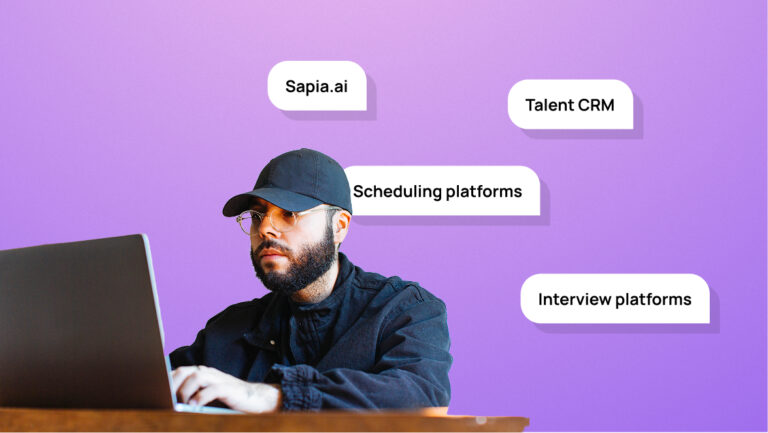Here’s where to start with improving your employer brand

In this jobs market, the secret to success is not necessarily a huge job ad budget or a top-range salary and perks package. You don’t even need to be the biggest, or the best known – many are the top-notch candidates that have been ghosted by the world’s most sought-after companies.

You do, however, have to invest in employer brand. Most of us know this, of course, but few companies have made the appropriate investment in long-term brand building. It’s a marketing play, fundamentally, and it’s difficult to do right, but the benefits can be huge for your business.
Why should you care about employer branding?
It’s your best long-term approach to recruiting. If you give every candidate a caring, consistent, and memorable experience, you will dramatically increase your fill rate AND your talent network. People talk about good experiences – in fact, according to our own data, a single good experience while applying for a job makes candidates 77% more likely to recommend you as an employer of choice.
The good news is, too, that the impact of an employer brand can be easily measured, according to Dr John Sullivan: By the number of job applications you receive each year. Now, don’t confuse this point with the opening sentence of this post – there’s a difference between a company’s brand and its employer brand. You might be a Fortune 100 company with a household name, but if your job application process is terrible, people will know you and remember you for that.
(And, if you’re not careful, a poor employer brand will end up affecting your wider brand.)
Where do you start with improving employer branding?
Your employer brand touches everything. You have seconds to introduce yourself to candidates, show off your best features, and get them to apply. That doesn’t mean, however, that you need to throw everything out and start again. Start with some easy wins, and then take a wider focus to include things like your technology and feedback processes.
Stodgy artwork, pixelated logos, spelling errors, outdated information, broken links… these will break your recruitment strategy before it has had the chance to work. So start here.
Employer brand audit checklist
| Channel | Items |
| Website | Is our ‘About us’ section up to date? |
| Do we have a ‘careers’ or hiring information page? | |
| Do both sections, along with the rest of our website, adequately reflect our values? | |
| Social media platforms | Is our ‘About us’ section up to date? |
| Do we include correct contact information, including to our website? | |
| Does our imagery and content reflect our brand values? | |
| Are our job postings attractive and adequately promoted on the page? | |
| Recruiting portals (Seek, Indeed) | Is all of our information up to date? |
| Are our visual branding touchpoints (logo, header/banner images) of sufficient quality? | |
| Is all of our information up to date? | |
| Third-party recommendation apps (e.g. Glassdoor, Productreview.com) | What is the average star/quality rating of our reviews (mostly negative, positive, mostly positive)? |
| Have we made an effort to visibly address customer/employee feedback on the platform? |
It’s important to note that the branding and visual appeal of your organization is not primarily your responsibility – maintaining it is a team effort. But portals and third-party apps are often overlooked over time, as a brand develops and organization information changes. It’s never a bad idea to champion the task of regular housekeeping, and get your best marketing minds to help.
Improving employer brand with technology
With our Ai Smart Interviewer on your team, you’ll give every single candidate an engaging, empowering experience with your brand, boosting its value from the moment they click ‘apply’.
You can have offers out to the best candidates in just 24 hours. This is an incredible value proposition for candidates who are applying for 5, 10, maybe even 20 jobs at a time and usually don’t expect to hear anything back.
Here’s how it works:
- Every candidate interviews with our Ai over chat (and in return, gets personalised insights and tips – another tick for your employer brand and EVP)
- Shortlisted candidates auto-progress to a non-Ai Video Interview (which, candidates rate 9/10)
- Hiring managers review the video responses and pick the best with the help of our Talent Insights profile.
Our customers have cracked the candidate experience code, enjoying application completion rates in excess of 80%, and candidate satisfaction scores of more than 90%. Everyone gets an interview, and no one is ghosted.
Remember: There’s no space in this market to be slow.


